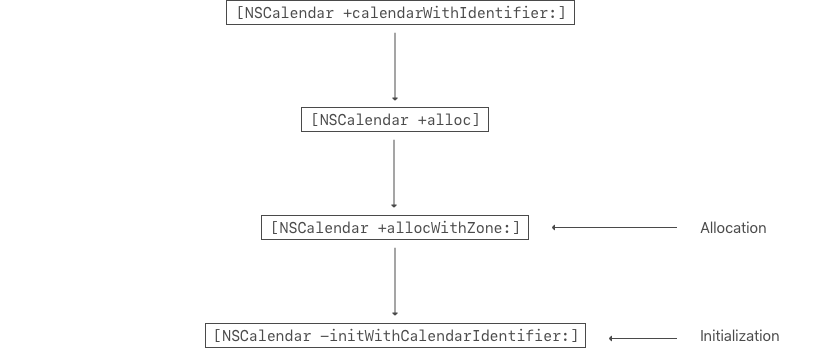Conforming to Codable for Associated Value Enums in Swift
Understanding Associated Value Enums
Why there are associated value enums in Swift? I mean, why the Swift core team designed associated value enum?
To understand it, firstly, let's take a look at the following example in C:
c
The C struct Device represents a device. The member pointer is an
anonymous union which has two members printer and scanner and can help
specialize the type of the pointer. The member device_type indicates
which type of device pointer this struct stores.
And then we can get the stored pointer with the following C code:
c
After I've described the purpose of the C struct above, you can quick
realize that you can interpret it into Swift like the following code:
swift
And we can get the stored pointer with the following Swift code:
swift
Yes. The design purpose of associated value enums is just to simplify the
declaration and usage for data structures like the previous Device
example in C. Similar C structs like the Device struct are
ubiquitous in code bases of operating systems or other infrastructures
written in C, which is just another approach exercises polymorphism.
I mean polymorphism. Yes, polymorphism.
Polymorphism is not a concept only exists in Object-Oriented world. Once an entity has multiple potential forms, then we can call this entity exercises polymorphism.
Since the associated value enum is designed to simply the expression of polymorphism in plain-old data structure, we can express an associated value enum with another polymorphism approach -- the Object-Oriented one.
Expressing Associated Value Enum in Object-Oriented World
The first pattern we can come up with to express an associated value enum in Object-Oriented World is abstract factory.
Yes. Actually, I always use the abstract factory pattern to illustrate associated value enums in Object-Oriented World.
For the Device struct in Swift which we have shown in the previous
example, we can write an equivalent Object-Oriented Swift code.
swift
Then we have expressed an associated value enum with the Object-Oriented approach now.
Conforming to Codable
With the DeviceObject class, conforming to Codable comes to be very
easy now. Firstly, we have to make DeviceObject to conform to Codable.
swift
The key point here is the static function:
swift
This is a factory method for DeviceObject.
You may doubt that in ObjectiveC, we often call "factory method" with syntax like
Objective-C
For a concrete example, like NSCalender:
Objective-C
returns an instance of type _NSCopyOnWriteCalendarWrapper, which is a
derived class of abstract class NSCalendar.
The class method [NSCalendar +calendarWithIdentifier:] actually calls
[NSCalendar +alloc] on NSCalendar firstly and then this function calls
into [NSCalendar +allocWithZone:], then calls the designated initializer
[NSCalendar -initWithCalendarIdentifier:] on the returned instance by the
previous method call -- this is what we called two-stage initialization --
the allocation stage and initialization stage, which is often compared with
the concept "RAII" (resource acquisition is initialization) oftenly used in
C++.
To return an instance with derrived class of the abstract class, here is
NSCalendar, we need to dispatch the returned instance in the allocation
stage, which is [NSCalendar +allocWithZone:]. But since Swift keeps the
allocation stage "under-the-hood", we are no longer able to do that way when
migrated to Swift.
Thus we use a dedicated static function as a "factory method". And since
DeviceObject is an abstract class, the designated initializer init()
and init(from:) does nothing here (Yes, because that they are
initializers).
Then implement Codable in DeviceObject's derived classes.
swift
Then we can make Device to conform to Codable now.
swift
Finally, all things done.
